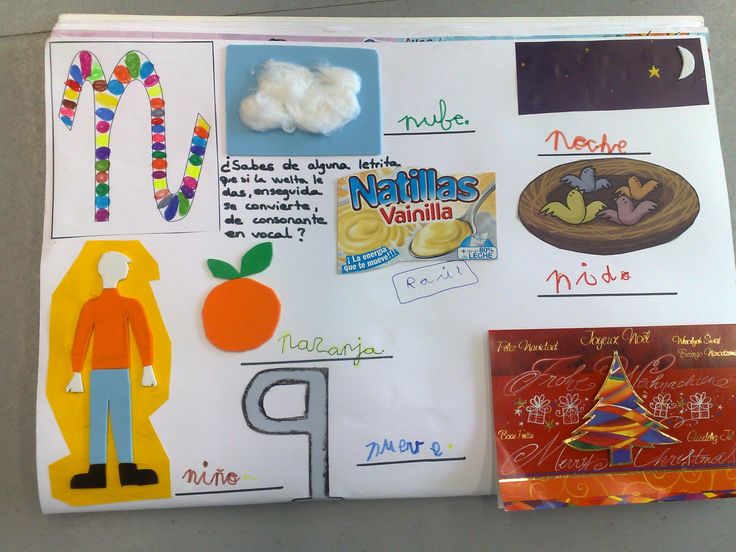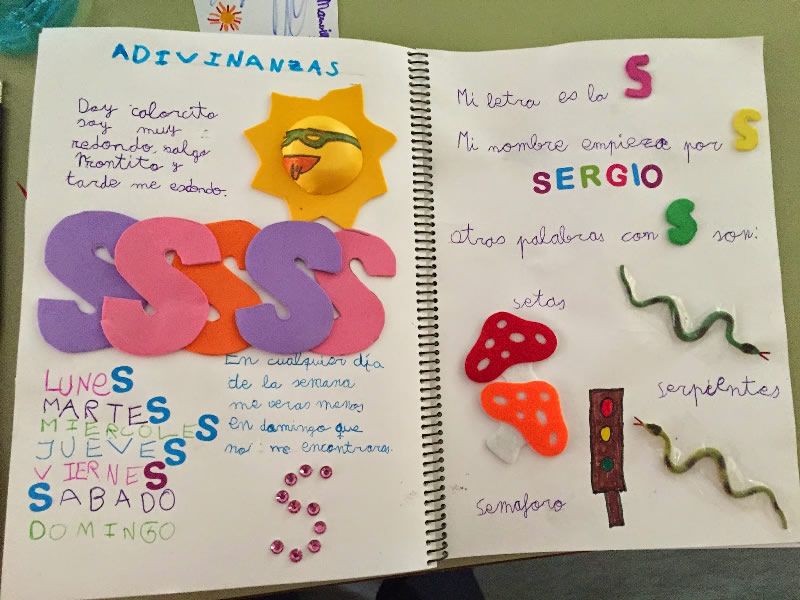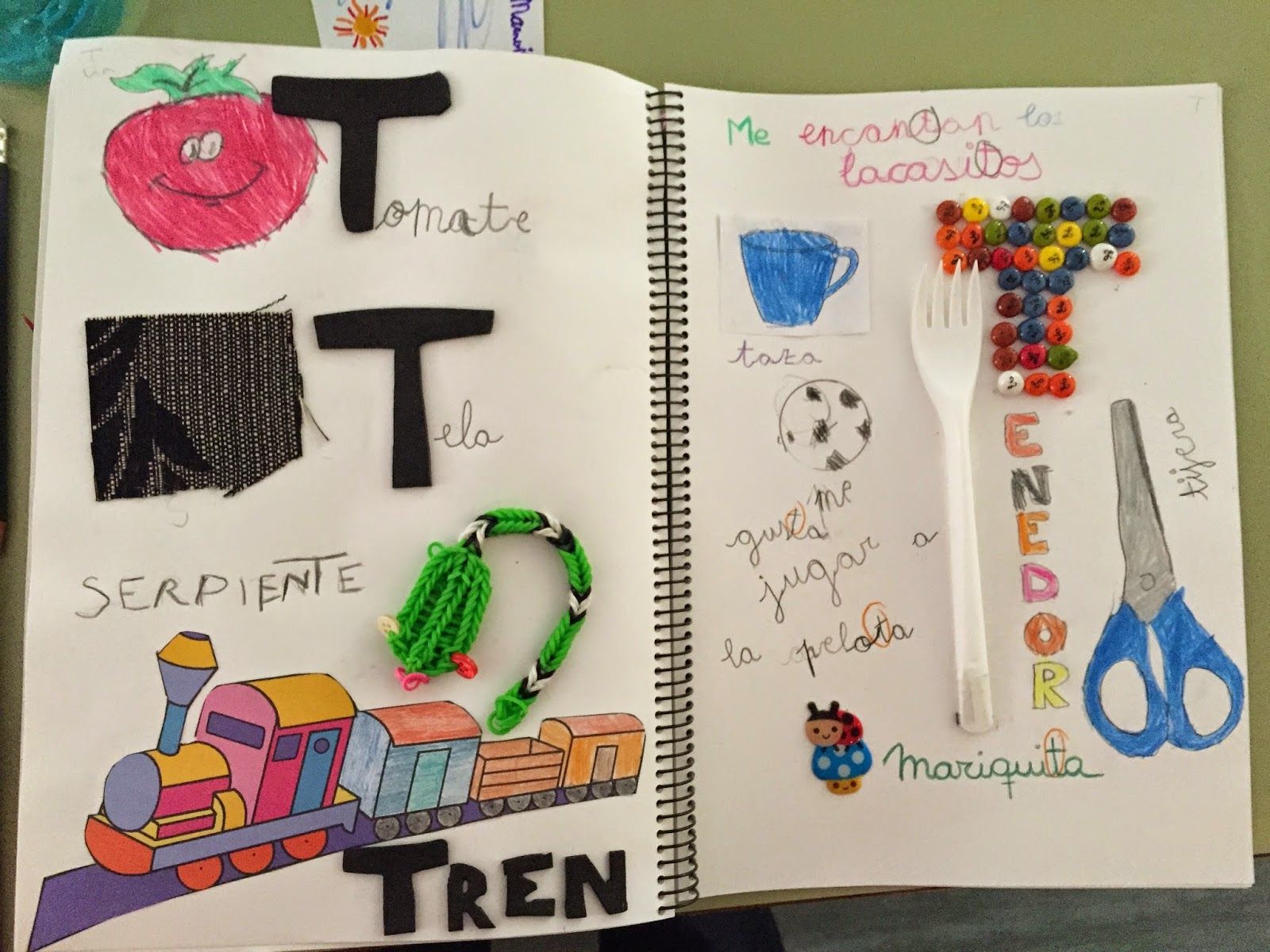The traveling book is a teaching proposal that is carried out with students of the second cycle of Early Childhood Education. The purpose is to write a book together for the classroom library , with the participation of families. Different written texts will be compiled such as string stories, songs, games, riddles … allowing us to know the knowledge that children have about these texts.
It is a book in the shape of a suitcase , decorated in a very attractive way, which has all the blank pages, filling in little by little on each of his trips . The first thing we will do is present this project to the families, telling them that the book travels every day to the homes of the children in the classroom, on a rotating basis, returning the next day. In it, a family member, a friend … write something at home that is meaningful to them, such as poetry, tongue twisters, popular songs, riddles, curious anecdotes, stories, etc. The child always writes something as much as possible or draws it, colors it, decorates it, etc. From here we will establish the order of visits of the traveling book to families.

How to carry out the activity?
To continue the activity, on the notice board of our class , located outside of it, at the entrance, we place a letter that we have previously placed among all the children to remind parents of these activities when they go to pick them up and would say like this: “Dear parents, siblings, grandparents, guardians… The traveling book is going to visit the children’s house, with it we pretend that all those poetry, songs, games, sayings… from the folklore of oral tradition that you all know, appear here so that we can all know and share them. We ask you to write very clearly, if possible capital letters, on a sheet of paper.
That you write it with the child and that you encourage him to write whenever he wants or to draw a picture to illustrate what you have written . From here, the preparation of the text will begin in the family, parents, siblings, uncles / aunts, etc., write something meaningful for them with the help of the children. The child (protagonist) who has to bring the traveling book to the classroom leaves the circle and tells his / her friends what he / she brings, who has written it, if they have done it day or night, who was with him or her, when it was done, where in the house, etc: once they have answered the questions and curiosities of their classmates, we go on to read, sing, play, dance, etc., depending on the activity proposed in said book .
If any of the children show any difficulty in telling others what they have brought , there is always a classmate who is willing to help them, trying together to facilitate the task, which makes them feel very good, and very proud of having been able to achieve it. At the end of the exhibition, the child is applauded and is in charge of delivering the book to the next one on the list, so that they can take it away, feeling the protagonist, thus promoting their self-esteem, sometimes expressing their feelings, and developing the ability to transmit to others things that are very his, belonging to his home and his family.
Once the book has traveled through all the houses , each child will take a copy of it, the original remaining in the classroom library to be consulted throughout the course, and so that they remember and reread many of the pages that have been the most curious to them and in which they showed the most interest. Among the objectives that are intended to be developed with this activity are: -Interested in written language and understand its functionality. -Value written language as a means of information and expression of emotions. -Show interest in learning tongue twisters, strings, games, songs … typical of their cultural environment. -Strengthen family ties with the school. -Understand and translate oral production texts showing an attitude of appreciation and respect. -Respect and be interested in what a colleague tells them. -Listen to others putting themselves in the place of the other on many occasions. -Feel like a protagonist, sharing your productions with others. The evaluation of said activity will be based on the observation of the work carried out day by day by the students.
The teacher will prepare a diary in which she will record anecdotes, incidents and data from the sessions in which the children present their written pages of the book and the comments provided by relatives. It will be necessary to take into account the degree of participation of the students, family members and satisfaction.
Here is an example:


AUTHOR: Gema Paz de Castro from CSIF (ISSN 1696-7208)











































































































